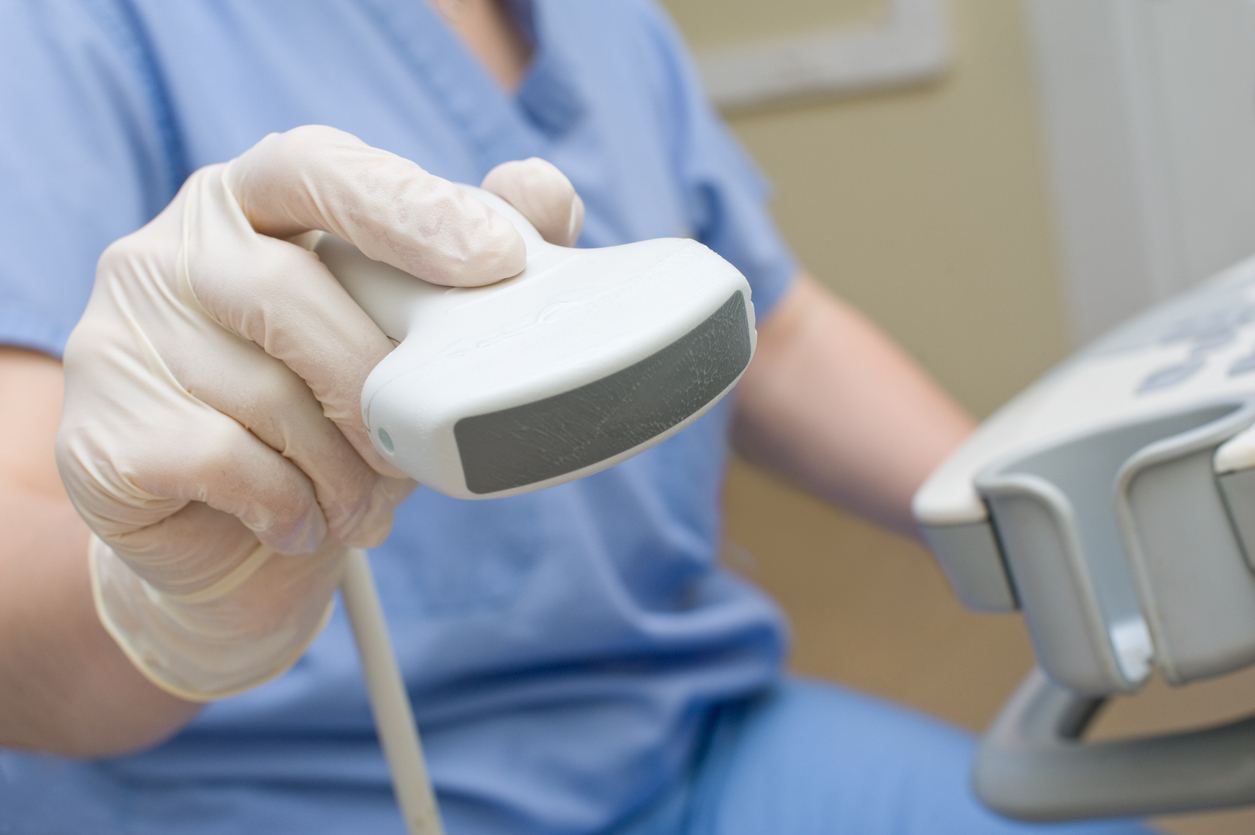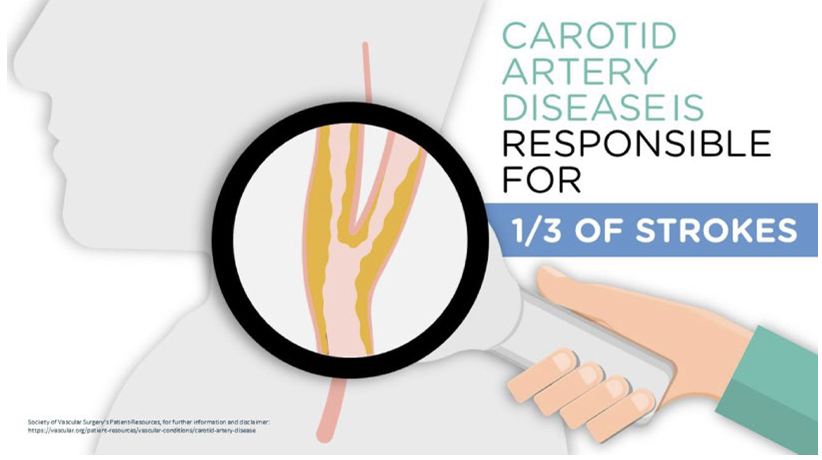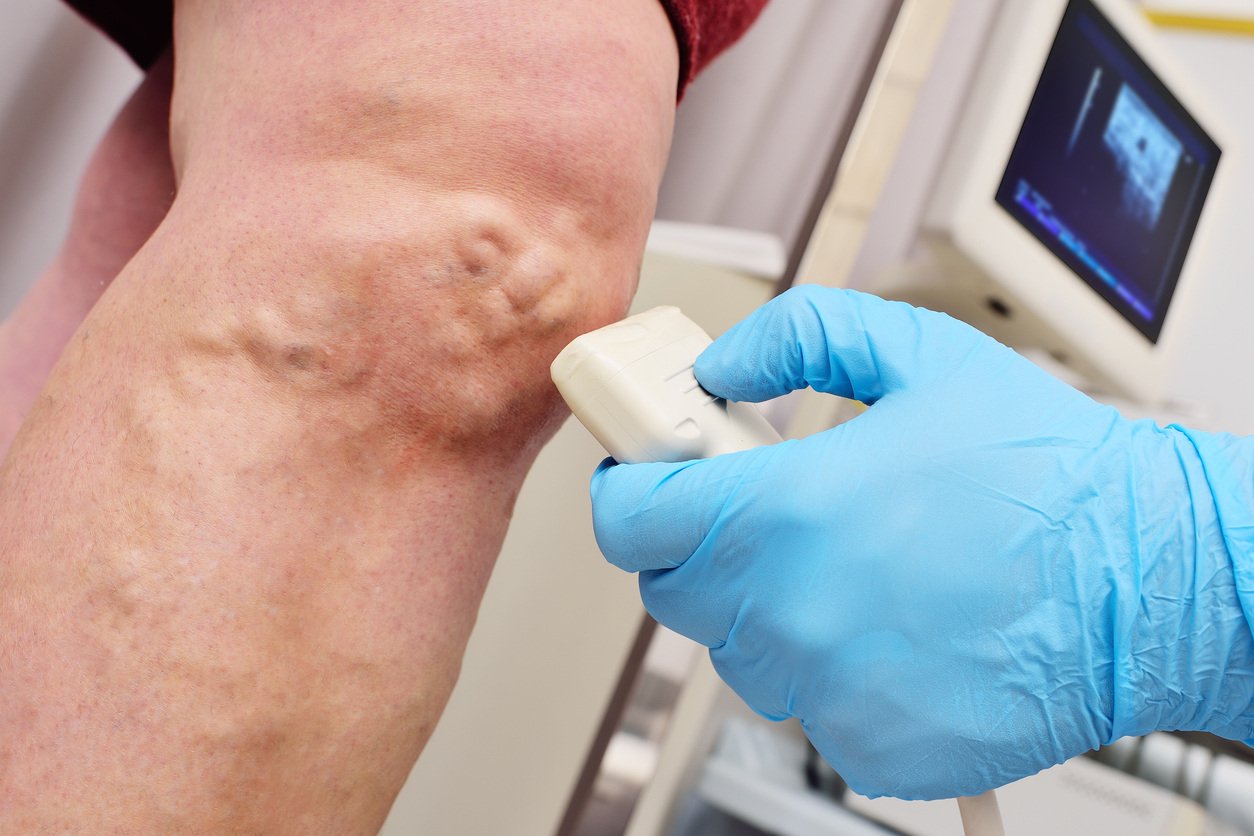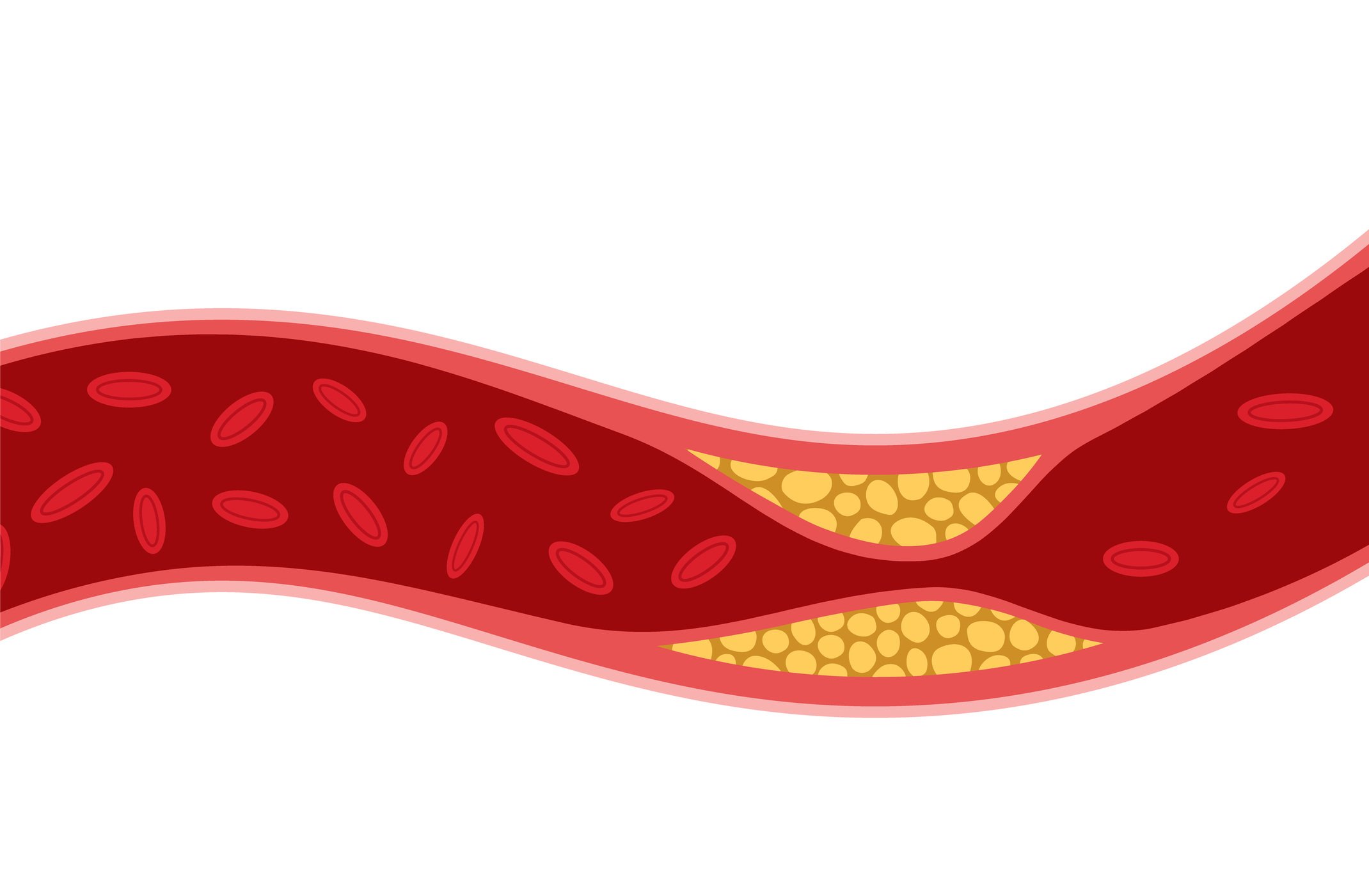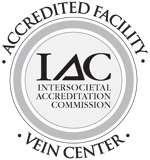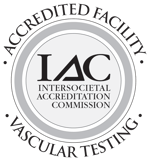Each May, National Stroke Awareness Month calls attention to a sobering reality: strokes are one of the leading causes of death and long-term disability in the United States. While many associate strokes with sudden symptoms like slurred speech or facial drooping, what often goes unnoticed is the silent and[…]
Superior Mesenteric Artery (SMA) Syndrome is a serious condition that affects the small intestine. While uncommon, it is a condition that we treat at The Cardiovascular Care Group. Understanding SMA Syndrome, its symptoms, causes, and treatment options can help patients and healthcare providers recognize and manage[…]
When you hear "Nutcracker," your mind might conjure images of holiday ballets and sugar plum fairies. But in the world of vascular health, Nutcracker Syndrome is anything but festive. This rare condition involves the compression of the left renal vein (the kidney’s main vein), which can lead to significant symptoms[…]
The human body is a fantastic piece of engineering, with blood vessels and arteries that deliver and take oxygen-rich blood from one organ to another. Of all arteries, the carotid arteries are some of the most important because they provide blood to your face, head, and brain.
While October was Medical Ultrasound Awareness Month, we still want to highlight the critical role that ultrasound technology plays in diagnosing and managing health conditions.
When discussing vascular health, the terms "Peripheral Artery Disease" (PAD) and "Peripheral Vascular Disease" (PVD) are often used interchangeably, but they refer to different conditions affecting your circulatory system.


